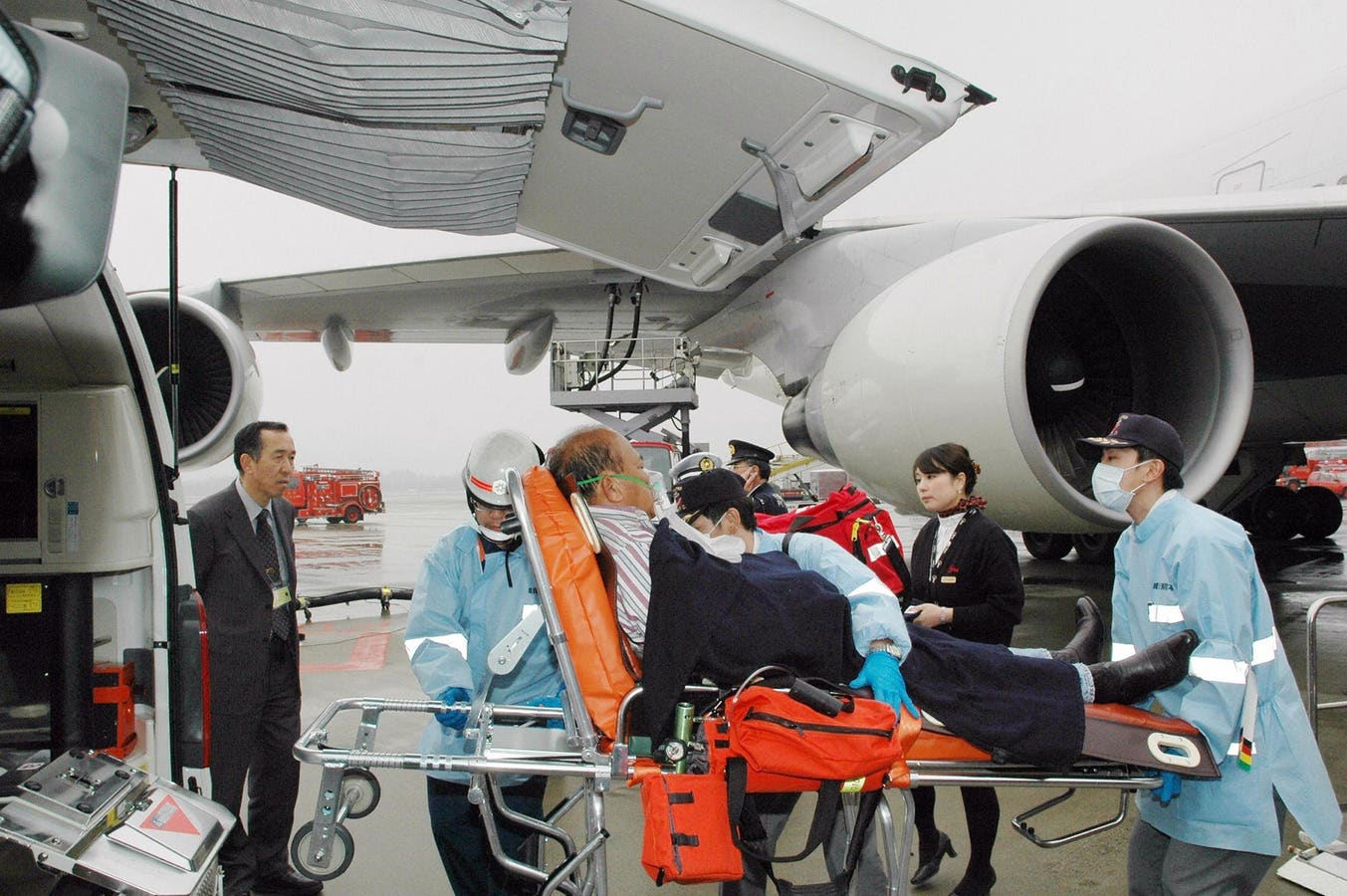Turbulence is a well-known air travel challenge, leading to bumpy and sometimes harrowing flights. It can result from atmospheric pressures, jet streams, flying over mountains or through storms. Some turbulence can strike unexpectedly, even under clear skies. Worryingly, researchers find this unpredictable clear-air turbulence is increasing due to climate change.
Data from the National Transportation Safety Board shows that flight attendants are most likely to suffer severe injuries during turbulence events. From 2009 to 2022, there were 163 serious injuries related to turbulence on commercial airlines in the U.S. Of these, 34 were injured passengers, and 129 were injured crew.
Depending on the intensity, the safety risks turbulence poses to unfastened passengers and flight crew can be significant, but they are preventable.
How Passengers Can Prevent Turbulence Injuries
Passengers can safeguard themselves against turbulence-related injuries by following airline and Federal Aviation Administration guidelines. When the seatbelt light turns on, passengers should comply immediately. Because some air turbulence is unpredictable, it’s best to keep seat belts fastened even when the seatbelt sign is off, particularly if you plan to sleep.
As a general rule of flying safety, passengers should always pay attention to safety briefings. While these may seem repetitive, they vary by airline and aircraft type. Passengers should also read the safety card on the seat to familiarize themselves with the locations and operation of safety equipment onboard.
Those traveling with young children should secure them in FAA-approved safety seats. Stowing carry-on items, as instructed by cabin crew, can also help avoid injuries. During turbulence, loose items can become airborne projectiles.
Flight Attendant Injuries Due to Turbulence
The FAA works to reduce turbulence injuries by advising airlines on turbulence avoidance and management strategies. These include promoting best practices for managing turbulence events, enhancing safety training for airline staff, and collecting comprehensive data on turbulence incidents to improve safety procedures.
The FAA is modernizing the Pilot Report System (PIREPS), which pilots use to communicate weather conditions, including turbulence. The Administration is also improving automation, allowing pilots and air traffic controllers to enter and share reports digitally. Greater awareness and more data enable airlines to better navigate around known turbulence risks.
But, despite safety measures, flight attendants remain highly vulnerable to turbulence-related injuries. Between 2009 and 2022, the NTSB reported a significant number of severe injuries among crew members, with a notable 78% occurring while performing their duties. The NTSB’s 2021 report on reducing turbulence-related injuries includes recommendations for policy changes, such as ensuring attendants are seated and buckled earlier during descent to lower injury rates.
An Urgent Call For FAA Action
Jana Price, Ph.D., National Resource Specialist at the NTSB, stresses the urgency for the FAA to implement policies in a recent post on the NTSB Safety Compass. Price offers several examples of turbulence causing sudden descents of up to 18,000 feet, leading to severe flight attendant injuries, including broken bones and fractured spines. She urges the FAA to protect flight attendants.
“Flight attendants spend their careers working to keep us safe. Our 2021 safety research report concluded that asking flight attendants to be seated earlier during the descent phase of flight could reduce serious injuries and accidents related to turbulence,” Price writes. “The FAA has not made updating its guidance in this area a priority, but the agency must do so to avoid serious injuries that are entirely preventable.”
Climate Change Is Making The Worst Turbulence More Common
Research indicates that climate change exacerbates clear-air turbulence, a particularly hazardous type because it is invisible and hard to predict. The warmer air caused by carbon dioxide emissions increases wind shear in the jet streams, strengthening clear-air turbulence globally.
Researchers from the University of Reading found turbulence rising over busy airspaces like the North Atlantic, where the annual duration of severe turbulence had increased by 55% from 1979 to 2020. Moderate turbulence increased by 37%, and light turbulence increased by 17% during this period. Other flight routes over the U.S., Europe, the Middle East, and the South Atlantic also significantly increased.
“Airlines will need to start thinking about how they will manage the increased turbulence, as it costs the industry $150 to $500 million annually in the United States alone,” says Mark Prosser, a meteorologist who led the study. “Every additional minute spent traveling through turbulence increases wear-and-tear on the aircraft, as well as the risk of injuries to passengers and flight attendants.”
Findings suggest the airline industry needs more significant investment in turbulence avoidance over the coming decades.
“Following a decade of research showing that climate change will increase clear-air turbulence in the future, we now have evidence suggesting that the increase has already begun,” says Paul Williams, an atmospheric scientist at the University of Reading who co-authored the study. “We should be investing in improved turbulence forecasting and detection systems to prevent the rougher air from translating into bumpier flights in the coming decades.”
Read the full article here





